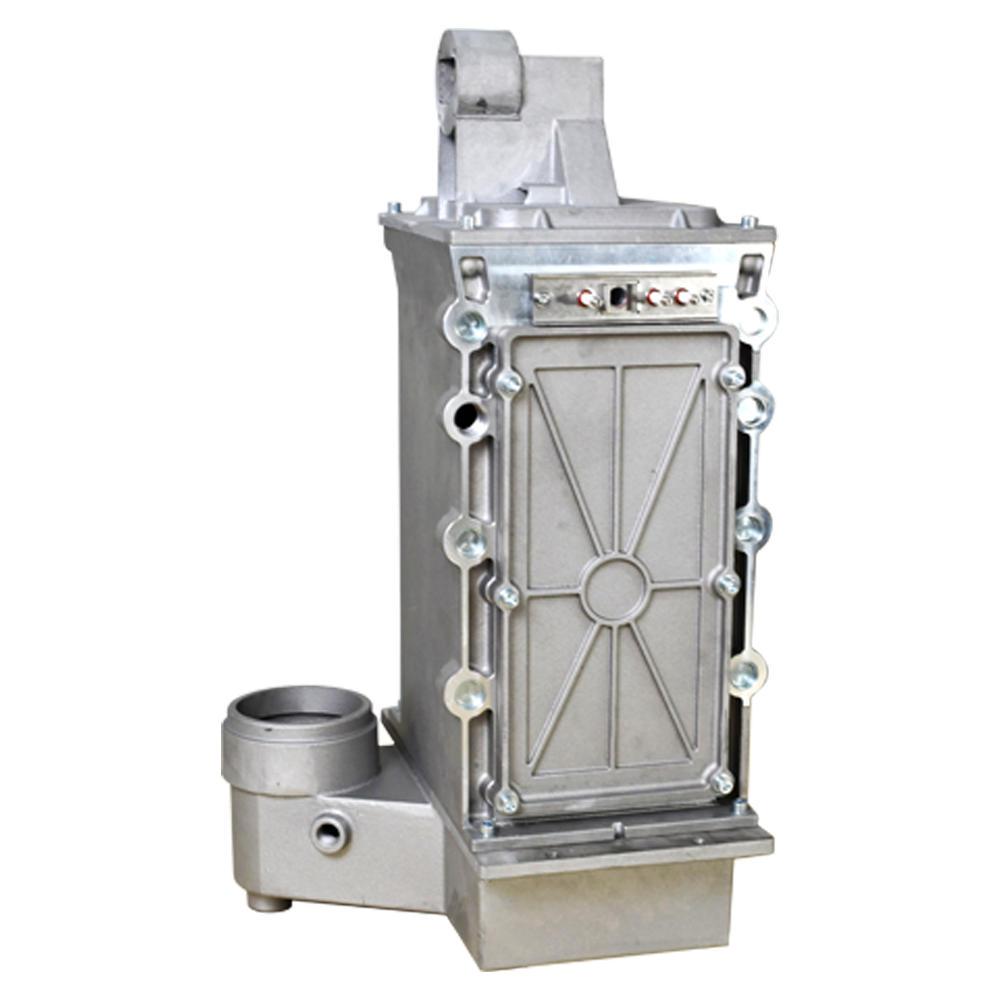ਦਸੰ. . 12, 2024 04:14 Back to list
aluminum melts
The Melting of Aluminum Understanding the Process and its Significance
Aluminum has become one of the most widely used metals in various industries due to its favorable properties such as lightweight, corrosion resistance, and excellent thermal and electrical conductivity. One of the fundamental processes in utilizing aluminum is melting, which transforms solid aluminum into molten metal that can be cast, molded, or otherwise manipulated. Understanding the melting of aluminum is crucial for both industrial applications and recycling processes.
The melting point of aluminum is approximately 660 degrees Celsius (1220 degrees Fahrenheit). To achieve this temperature, specific heating methods are employed. Common approaches include the use of fuel oil, natural gas, or electrical resistance furnaces. The choice of melting method can significantly influence the quality of the final product. For instance, electric melting furnaces tend to provide a more uniform temperature distribution, which can result in a higher-quality melt with fewer impurities.
The Melting of Aluminum Understanding the Process and its Significance
Once the aluminum is melted, it can be poured into molds to produce various shapes and forms. This process, known as casting, allows for the creation of intricate designs and components used in automobiles, aerospace, construction, and numerous other applications. The quality of the cast aluminum is affected by several factors, including the melting technique, the presence of impurities, and the cooling rate during the solidification process.
aluminum melts

Quality control during the melting process is essential to ensure that the aluminum produced meets the required specifications. Impurities, such as iron, silicon, and copper, can adversely affect the mechanical properties of the final product. Therefore, skilled metallurgists closely monitor the melting process and may add fluxes to help purify the metal. Additionally, advanced techniques such as degassing and refining can further improve the quality of the molten aluminum by removing dissolved gases and unwanted elements.
The significance of aluminum melting extends beyond manufacturing. In the context of sustainability, aluminum recycling through melting plays a crucial role in conserving resources. Given that aluminum can be recycled indefinitely without losing its properties, the recycling process reduces the need for mining new bauxite ore, thereby saving energy and reducing greenhouse gas emissions. Consequently, industries are increasingly focusing on sustainable practices, with aluminum recycling becoming a key component of their operations.
Furthermore, innovations in technology are enhancing the efficiency and quality of aluminum melting. The development of smarter melting furnaces equipped with sensors and automation allows for better control of temperature and environment, leading to higher yields and reduced energy consumption. As industries continue to prioritize sustainability and efficiency, the methods involved in aluminum melting and recycling are likely to evolve further.
In conclusion, the melting of aluminum is a vital process that supports numerous industries while promoting sustainability through recycling efforts. By understanding the melting point, methods, and quality control involved in aluminum processing, stakeholders can improve the efficiency, quality, and environmental impact of their operations. As technology advances and the emphasis on sustainability grows, the role of aluminum melting will continue to be of paramount importance in the modern manufacturing landscape.
-
Premium Cast Iron Water Main Pipe for Robust Infrastructure
NewsAug.27,2025
-
A-Rated Cast Aluminum Boilers: High-Efficiency Condensing Gas & LPG
NewsAug.26,2025
-
OEM Cast Silicon Aluminum Alloy Heat Exchanger | Custom & High Performance
NewsAug.25,2025
-
Centrifugally Cast Iron Water Main Pipe | Ductile Iron Solutions
NewsAug.24,2025
-
Durable Cast Steel Concrete Pipe Mold Bottom Rings & Base Trays
NewsAug.23,2025
-
Centrifugally Cast Iron Water Main Pipe for Reliable Mains
NewsAug.22,2025


